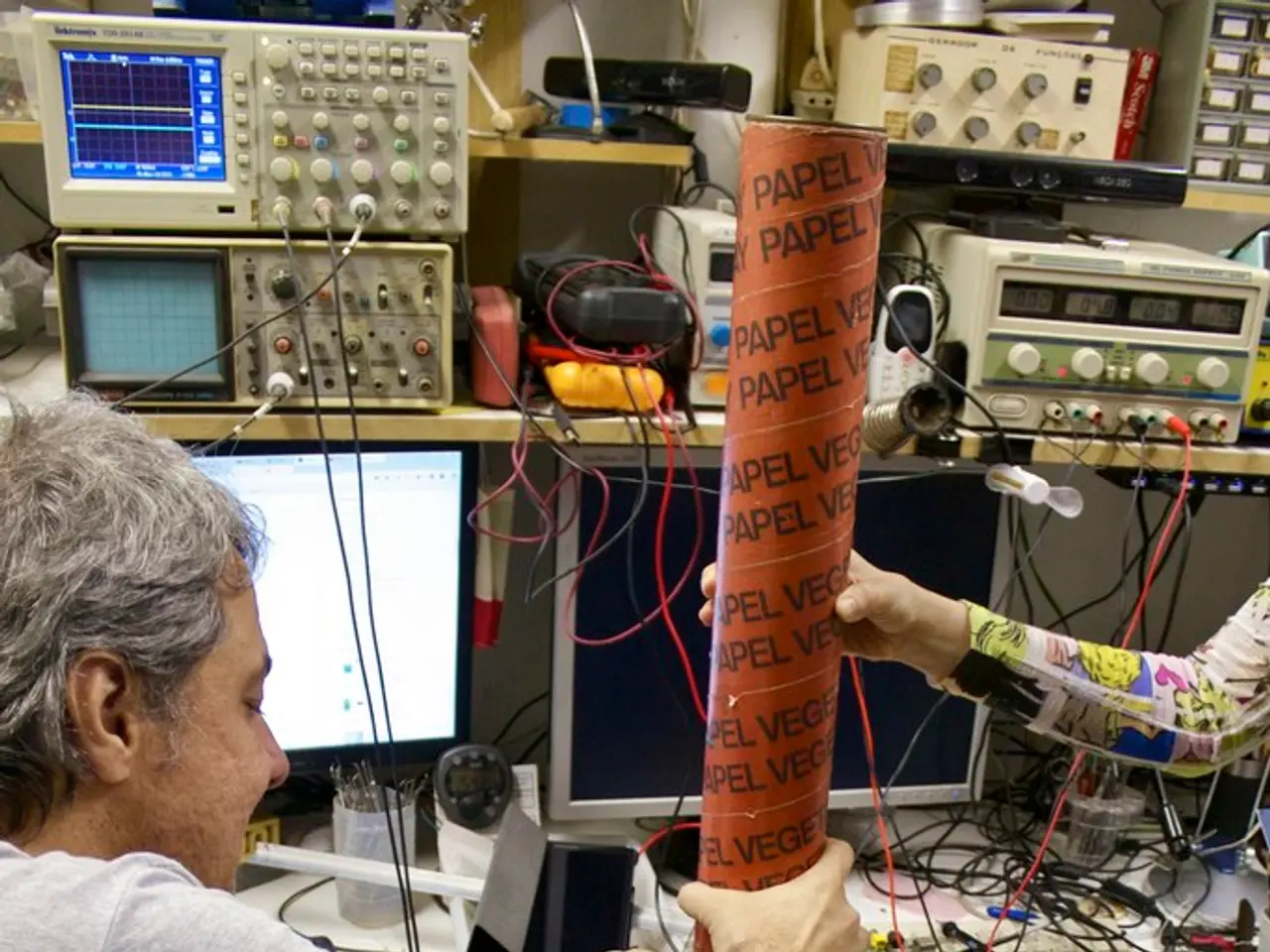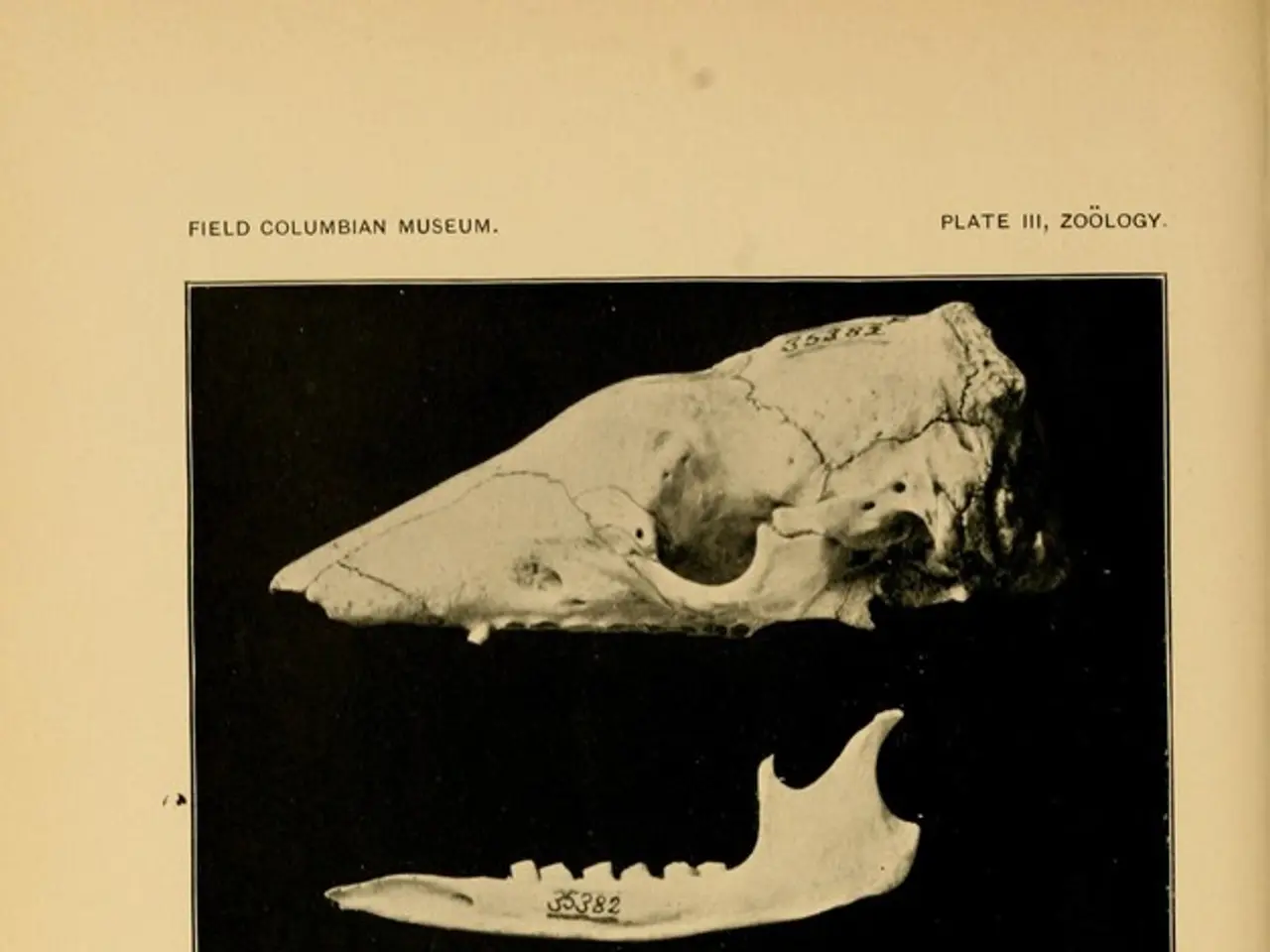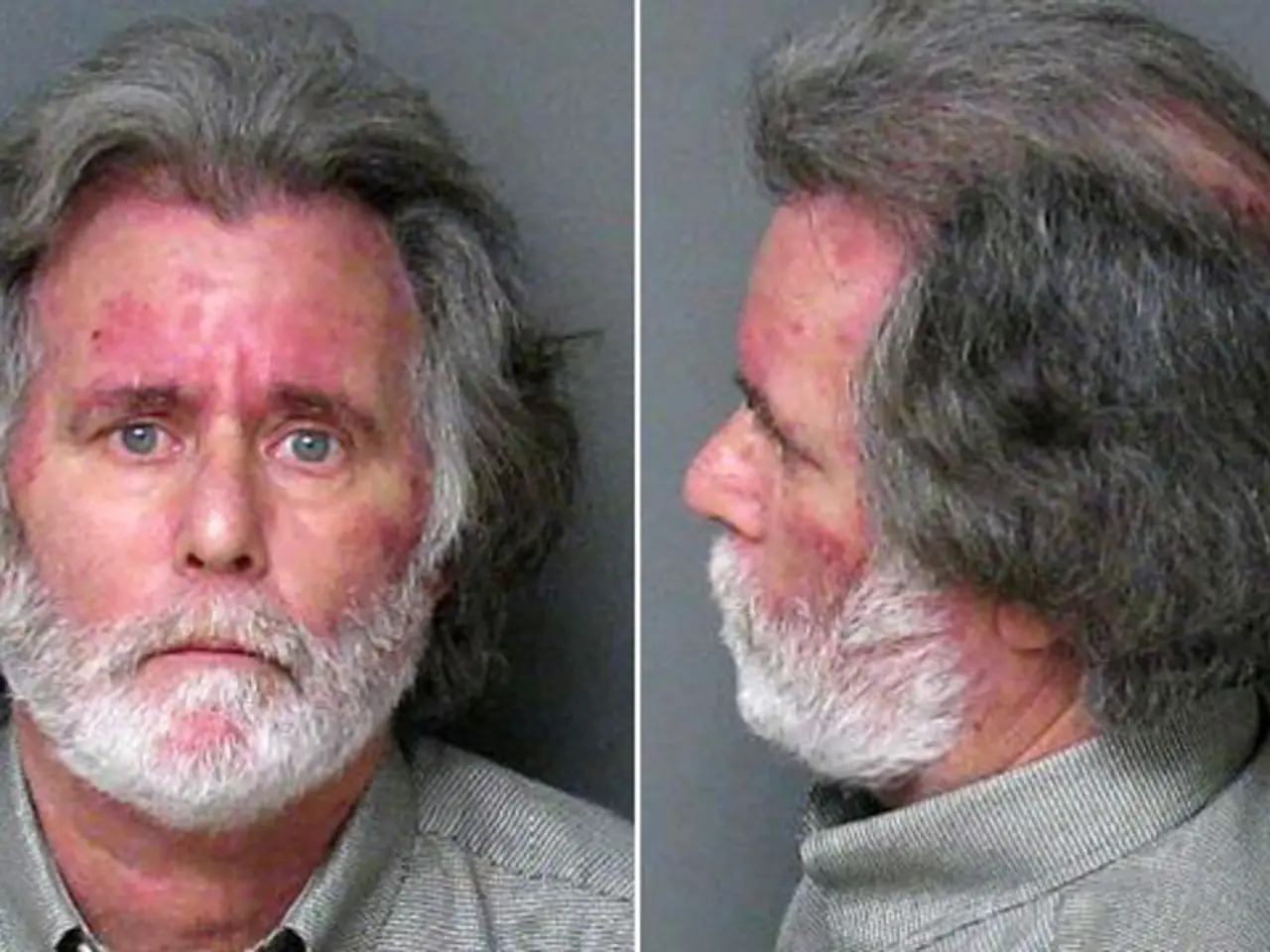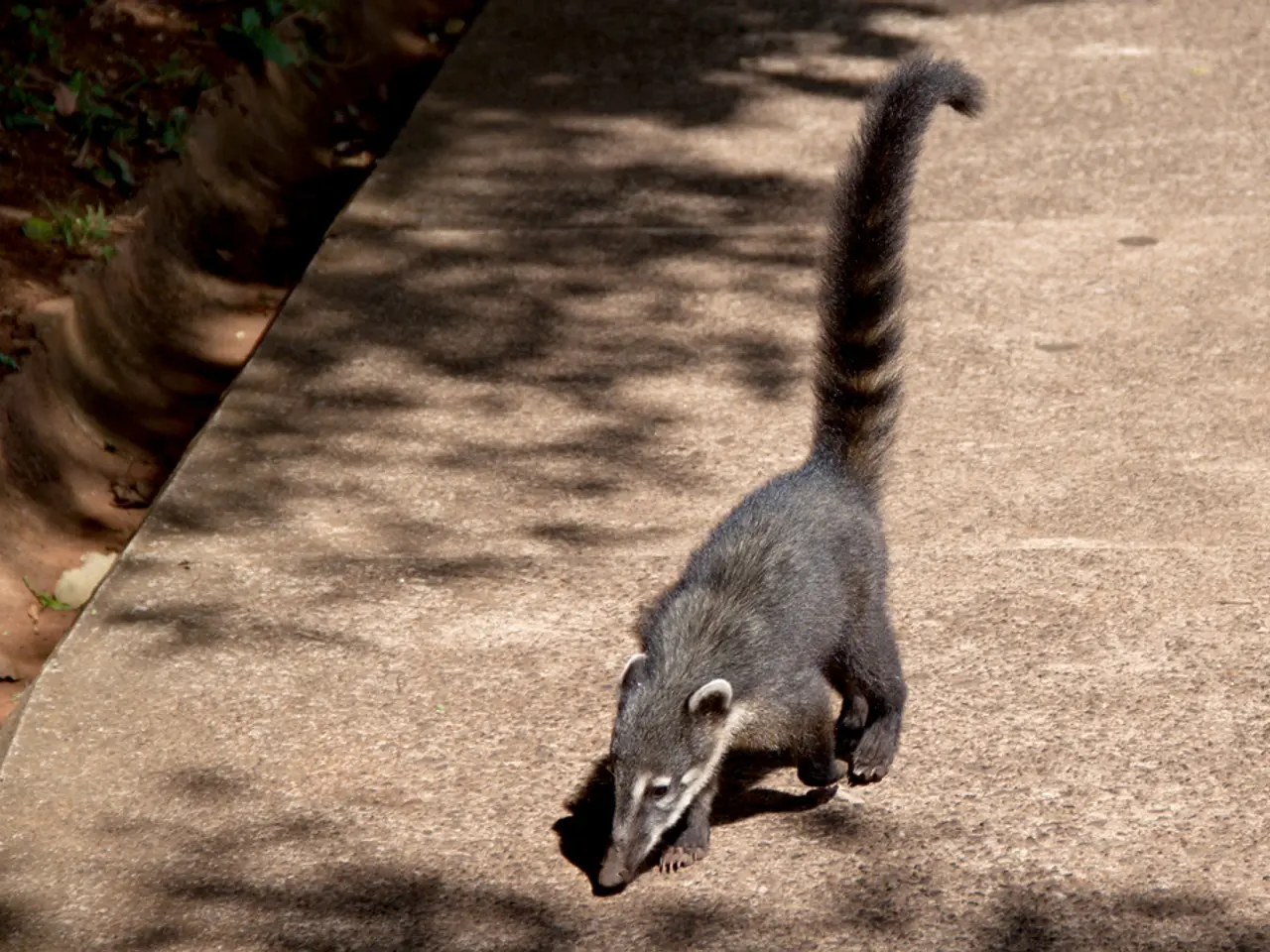Guidance on Creating a Digital Person
On the evening of 27 September 2017, the Science Museum will host an intriguing event, 'How to build a virtual human', in the IMAX Theatre. This special Lates event will delve into the fascinating world of simulating living processes, a field that is revolutionising healthcare.
The event is in partnership with the €5 million CompBioMed initiative, a consortium led by University College London and at the forefront of creating the virtual human. Prof Peter Coveney (UCL), Prof Alfons Hoekstra (University of Amsterdam), Prof Blanca Rodriguez (Oxford University), and Prof Marco Viceconti (Sheffield University) will be among the speakers, sharing their insights on virtual blood vessels, hearts, and more.
CompBioMed is a significant step towards predictive and personalised healthcare. By integrating advanced simulation technologies, high-performance computing, and AI-driven data analysis, they are systematically building and refining virtual humans. These virtual humans, or digital twins, continuously updated with real-time clinical and experimental data, can simulate complex biological processes and disease progression.
The virtual human can breathe, blister, and bleed, and could be dissected, probed, and explored in detail. Doctors could use it to treat a faulty heart valve, plan brain surgery, or select the best HIV drug for a patient. Surgeons could explore a person's organs, cells, and cellular power stations (mitochondria) using the virtual version.
Moreover, initiatives like CompBioMed will enable doctors to create customised virtual models of patients in the future. A 3D printed kidney recently acquired for the Science Museum's Medicine Galleries is a testament to this, as it will help plan organ transplants.
Tickets for the event are free and available. The Medicine Galleries at the Science Museum, set to open in 2019, will provide a permanent home for such groundbreaking advancements in medicine.
Science Museum Lates is over 18s only and runs from 18.45-22.00, with admission free but some events requiring a ticket. Medical simulations are carried out using supercomputers like ARCHER (UK national supercomputer) and SuperMUC (Leibniz Supercomputing Centre, Germany).
Join us on 27 September to explore the future of personalised medicine and witness the incredible strides being made in building a virtual human.
The virtual human, a product of CompBioMed's groundbreaking work in merging science, technology, and health-and-wellness, promises to revolutionize the medical field by enabling doctors to simulate complex biological processes and disease progression. This virtual human, a step towards predictive and personalised healthcare, could potentially be used to treat faulty heart valves or plan brain surgery, offering a detailed exploration of organs, cells, and even cellular power stations (mitochondria).




